Life After Partnership: Planning the Second Act of Your Legal Career
For many attorneys, making partner at a Big Law firm is the ultimate career achievement. It represents decades of dedication, sacrifice, and strategic navigation. But what happens after you reach the summit?
While partnership can bring prestige, influence, and substantial income, it’s not always the final chapter. Many partners begin to ask deeper questions in their 40s and 50s: What’s next? How long do I want to do this? Am I building something sustainable—or just staying busy?
This article explores how Big Law partners can proactively plan their second act—whether that means transitioning to a different role within law, launching something new, or preparing for a graceful and financially secure exit.
Why Think About Life After Partnership?
Even the most successful partners eventually confront the limits of their current role:
Burnout from relentless hours and pressure
Desire for more autonomy, creativity, or impact
Shifts in firm culture or leadership
Financial independence enabling broader choices
The sooner you begin thinking about your second act, the more options you have. Delayed planning can lead to rushed decisions—or worse, stagnation.
Step 1: Define Success on Your Own Terms
Before making any career moves, take time to reassess what “success” means to you. Ask:
What kind of work energizes me now?
What lifestyle do I want to maintain?
How important are income, status, flexibility, and impact?
What do I want to be known for in the next chapter?
This reflective work isn’t just philosophical—it shapes practical decisions about what roles to pursue, what financial goals to prioritize, and what trade-offs you're willing to make.
Step 2: Evaluate Your Financial Position
A realistic understanding of your finances is the foundation of any transition plan. Key questions to explore:
Have I achieved financial independence—or when will I?
What are my annual spending needs, now and post-career?
Do I have liquidity to support a sabbatical, pivot, or business venture?
How would a reduction in income impact my retirement goals?
Working with a financial planner experienced in partner compensation models can help you evaluate:
Tax efficiency
Retirement account optimization
Portfolio drawdown strategies
Cash flow planning for transitions
Knowing your financial runway allows you to make career decisions from a position of strength, not scarcity.
Step 3: Explore Second-Act Career Paths
There is no single path after partnership—only what fits your unique skills, goals, and interests. Here are a few common and fulfilling second-act options for Big Law partners:
1. In-House Roles
Join a corporate legal department, often with more predictable hours and focused responsibilities.
2. Academia or Teaching
Leverage your expertise to teach law school, lead CLEs, or mentor early-career lawyers.
3. Government or Public Service
Serve on judicial appointments, policy teams, or regulatory bodies. Many attorneys find this deeply meaningful.
4. Consulting or Advisory Work
Help firms or businesses with strategy, compliance, or governance. This can offer flexibility and leverage your network.
5. Launching a Boutique Practice
Go independent with a specialized, lifestyle-friendly practice. Some partners take clients with them; others start fresh.
6. Writing, Speaking, or Thought Leadership
If you love communication, you can build a platform around your insights.
7. Board Service or Entrepreneurship
Invest in or advise startups, join nonprofit or corporate boards, or create something new entirely.
Each path has different financial, time, and energy requirements. Start networking with people in your areas of interest to get a real sense of what’s involved.
Step 4: Protect Your Reputation and Relationships
Your transition will be smoother if you preserve goodwill:
Communicate transparently with your firm leadership.
Mentor junior partners or associates to leave a legacy.
Maintain client relationships, even if you're stepping back.
Avoid burning bridges—you never know when you’ll want to reengage.
Reputation capital is often more valuable than financial capital during your second act.
Step 5: Design a Timeline and Exit Strategy
Once you know your goals and options, create a clear plan:
Target a departure or pivot date.
Build savings or liquidity to support the transition.
Taper your hours or responsibilities if possible.
Discuss retirement or succession planning with firm leadership.
Some firms offer phased retirement programs, while others have formal offboarding processes. Understanding these policies can help you negotiate a win-win exit.
Final Thoughts
Reaching partnership is a huge achievement—but it’s not the end of your professional story. Whether you’re yearning for more impact, freedom, or simply a change of pace, your second act can be just as fulfilling as your first.
With thoughtful planning, financial clarity, and strategic networking, you can craft a next chapter that builds on your experience—and offers new meaning, purpose, and satisfaction.
It’s never too early to start asking: What do I want the next 10 years to look like? The answer may surprise—and inspire—you.
